Throughout the tapestry of human history, few creatures have captured our collective imagination quite like the snake. Slithering through mythology, religious texts, and cultural symbolism, serpents consistently emerge not just as fearsome predators, but as profound bearers of wisdom. From the kundalini serpent of Eastern traditions to the ouroboros of ancient Egypt, snakes have transcended their biological reality to become powerful metaphors for knowledge, transformation, and cosmic understanding. This enduring association between serpents and wisdom spans continents and millennia, revealing something fundamental about how our ancestors interpreted the natural world. As we explore this fascinating connection, we’ll uncover how different civilizations independently arrived at similar symbolic conclusions about these remarkable reptiles.
The Serpent’s Duality: Between Fear and Reverence

The snake occupies a unique psychological space in human consciousness, simultaneously evoking both fear and profound respect. This duality forms the foundation for the serpent’s association with wisdom in many ancient cultures. Snakes represent a natural paradox – deadly yet healing, earthbound yet spiritually significant, threatening yet protective. This inherent contradiction mirrors the often paradoxical nature of wisdom itself, which frequently requires holding opposing truths in balance. The visceral fear snakes inspire may have actually heightened their symbolic potency, as things that provoke strong emotional responses tend to take on greater metaphorical significance. Ancient cultures recognized that wisdom often emerges from confronting and understanding that which we fear, rather than simply avoiding it.
Shedding Skin: The Ultimate Symbol of Renewal

Perhaps no biological feature has contributed more to the snake’s association with wisdom than its remarkable ability to shed its skin. This periodic renewal process, where the serpent emerges fresh and revitalized, served as a powerful visual metaphor for transformation and rebirth across numerous ancient traditions. The shedding process symbolized the capacity to leave behind old knowledge and perspectives in favor of new understanding – a fundamental aspect of wisdom acquisition. In Hindu traditions, this shedding represented the soul’s journey through multiple incarnations, each providing new wisdom and insight. The physical reality of a snake emerging from its old self provided ancient cultures with a tangible symbol for the abstract concept of personal growth and spiritual evolution.
The Greek Caduceus: Healing Knowledge and Balance

In ancient Greek tradition, the caduceus – a staff entwined with two serpents – became one of the most enduring symbols of wisdom in the Western world. Associated with Hermes, the messenger of the gods, and later with Asclepius, the god of medicine, this symbol represented the balance of opposing forces necessary for healing and true understanding. The twin snakes were seen as embodiments of the principle of complementary opposites – similar to the Chinese concept of yin and yang – suggesting that wisdom emerges from harmonizing contradictions. The caduceus symbolized how medical wisdom in particular required both theoretical knowledge and practical application. This powerful symbol continues in modern times as an emblem of the medical profession, preserving the ancient association between serpents and healing wisdom.
Egyptian Serpent Deities: Guardians of Sacred Knowledge
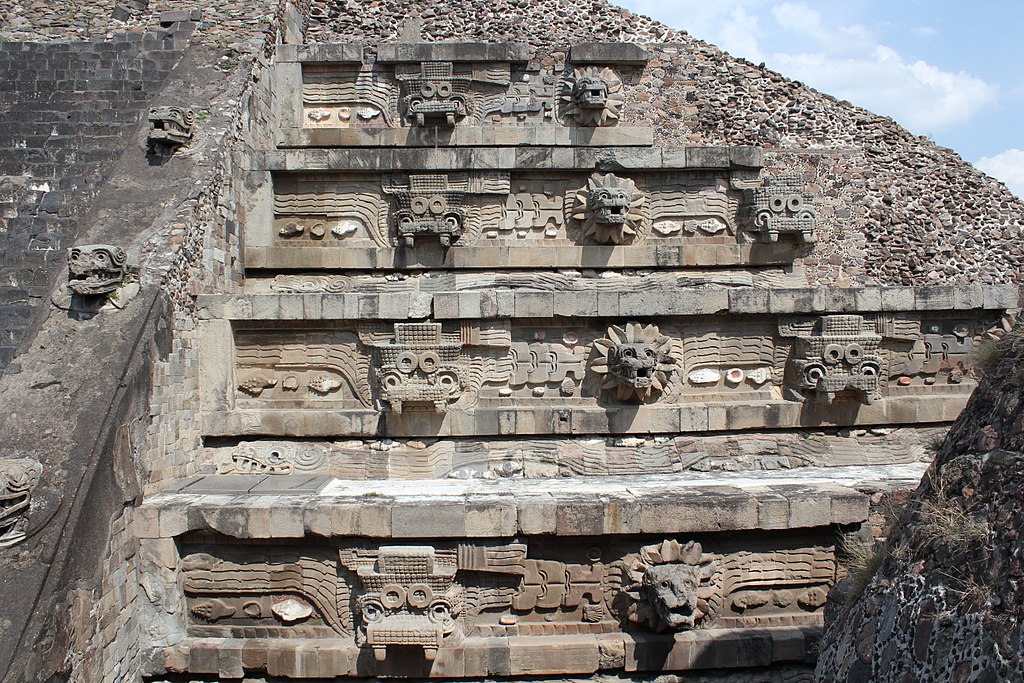
Ancient Egyptian civilization fostered some of the most sophisticated associations between snakes and divine wisdom. The cobra goddess Wadjet served as the protective deity of Lower Egypt, often depicted on the pharaoh’s crown as the uraeus – a symbol of royal wisdom and authority. The serpent goddess Meretseger, “she who loves silence,” guarded the Valley of the Kings and represented the quiet contemplation necessary for acquiring true wisdom. Perhaps most profoundly, the god Apophis represented the chaos of ignorance that threatened to consume wisdom and cosmic order. Egyptian mythology portrayed snakes as both protectors of wisdom and threats to it, reflecting their understanding that knowledge required constant vigilance. This complex symbolic framework demonstrates the Egyptian recognition that wisdom was both powerful and vulnerable, requiring protection and proper application.
Kundalini: The Coiled Serpent of Enlightenment

In Hindu and yogic traditions, the concept of kundalini represents one of the most explicit connections between serpents and spiritual wisdom. Kundalini is visualized as a coiled serpent resting at the base of the spine, representing dormant spiritual energy and potential knowledge. Through meditation, yoga, and spiritual practices, this serpentine energy awakens and rises through the chakras, ultimately leading to enlightenment when it reaches the crown chakra. This serpent energy was understood not as external wisdom but as innate knowledge waiting to be awakened within each person. The coiled form of the kundalini snake symbolizes potential energy, while its awakening represents the transformation of consciousness that comes with true wisdom. This tradition suggests that wisdom isn’t merely accumulated information but a fundamental shift in perception and being.
The Ouroboros: Eternal Wisdom in a Circle

Few serpentine symbols capture the cyclical nature of wisdom as perfectly as the ouroboros – the snake devouring its own tail. Found across multiple ancient cultures from Egypt to Norse mythology, this circular serpent represented the eternal cycle of destruction and recreation that governs the cosmos. The ouroboros embodied the understanding that true wisdom encompasses recognizing patterns that repeat throughout time and nature. By consuming itself, the snake symbolized how wisdom often requires revisiting and reinterpreting previous knowledge rather than simply accumulating new information. The perfect circle formed by the ouroboros also represented the self-contained nature of cosmic wisdom – the idea that everything necessary for understanding already exists within the universe itself. This symbol continues to resonate in modern times as a representation of the cyclical nature of knowledge and understanding.
Biblical Serpents: Knowledge Bearers and Tempters
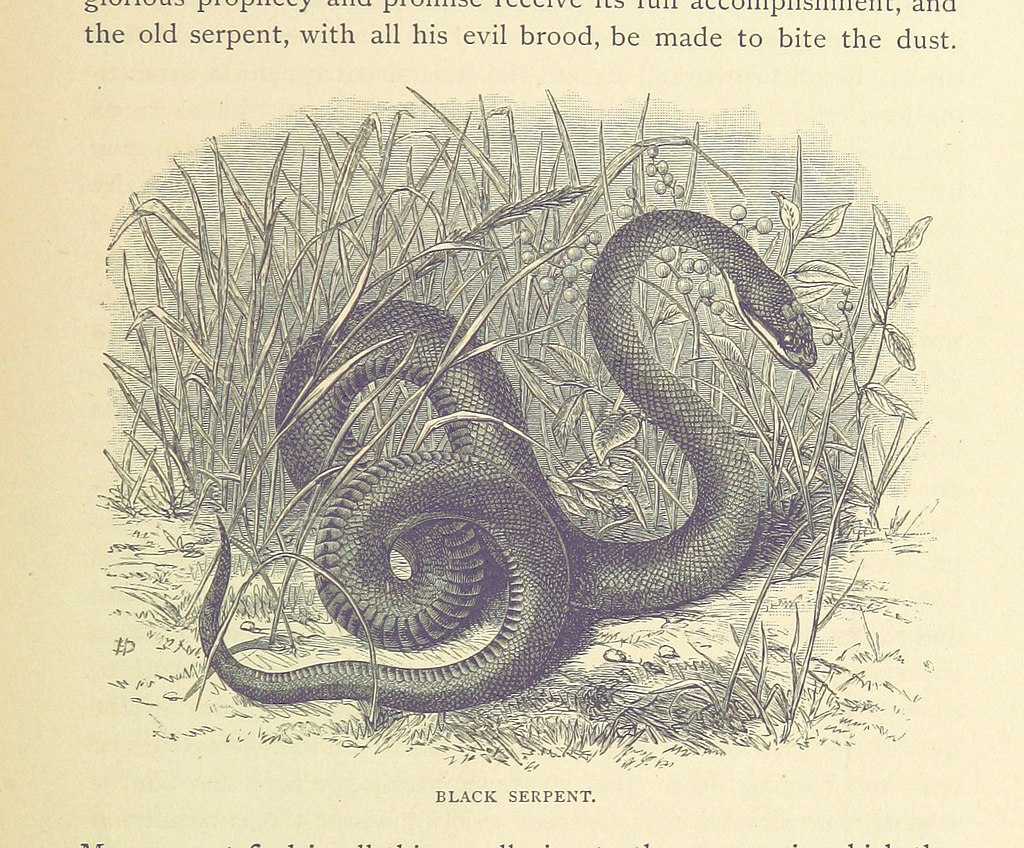
The Judeo-Christian tradition presents perhaps the most ambivalent view of serpents as wisdom-bearers, particularly in the Genesis account of Eden. The serpent who tempts Eve offers forbidden knowledge, making it simultaneously a bearer of wisdom and a figure of transgression. This complex portrayal suggests that wisdom can be dangerous when sought outside proper boundaries or divine timing. Later biblical imagery, such as Moses’ bronze serpent that healed the Israelites when gazed upon, restored a more positive association between serpents and healing wisdom. Jesus himself referenced this healing serpent as a prefiguration of his own role, saying “Just as Moses lifted up the snake in the wilderness, so the Son of Man must be lifted up.” This duality in biblical serpent symbolism reflects the understanding that wisdom itself is neither inherently good nor evil – its virtue depends on its source and application.
Chinese Dragons: Serpentine Wisdom of Celestial Proportions

Chinese culture elevated the serpent to cosmic proportions through its dragon mythology, creating perhaps the most benevolent serpentine wisdom symbol in any major culture. Unlike Western dragons, Chinese dragons were primarily water beings associated with rain, rivers, and seas, representing the fluid nature of wisdom that adapts to any container. These serpentine creatures were seen as profoundly wise, benevolent, and capable of bestowing blessings upon humanity. The dragon’s ability to fly between heaven and earth symbolized wisdom’s capacity to bridge mundane reality and higher spiritual truths. Chinese emperors identified themselves with dragons, suggesting that ideal leadership required serpentine wisdom – flexible, powerful, and attuned to natural patterns. This positive association between serpentine forms and wisdom continues to influence Eastern philosophical traditions today.
Mesoamerican Feathered Serpents: Divine Wisdom Incarnate
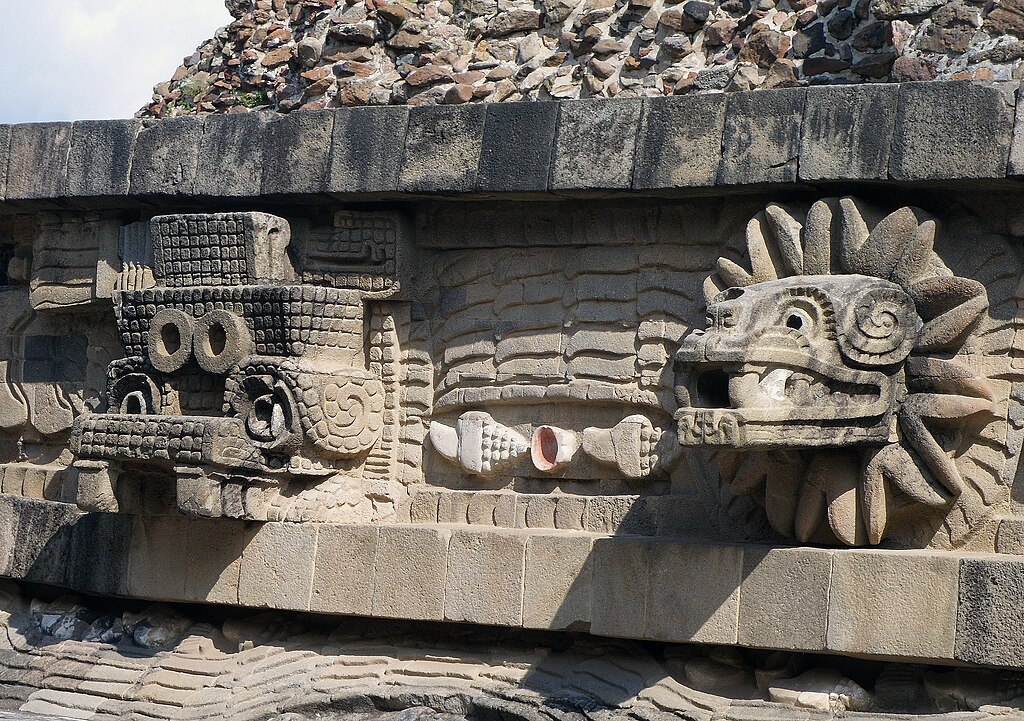
Across Mesoamerican civilizations, the feathered serpent deity – known as Quetzalcoatl to the Aztecs and Kukulkan to the Maya – represented one of the most important manifestations of divine wisdom. This remarkable fusion of earth-bound serpent and sky-dwelling bird symbolized the integration of terrestrial and celestial knowledge into complete wisdom. Quetzalcoatl was credited with bringing numerous forms of wisdom to humanity, including agriculture, mathematics, astronomy, and the calendar system. The serpent aspect represented earthly knowledge and transformation, while the feathers symbolized transcendent, spiritual understanding. Mesoamerican cultures built entire cities and temple complexes dedicated to this serpentine deity, demonstrating the central importance of wisdom in their cosmological understanding. The feathered serpent continues to be one of the most distinctive expressions of serpentine wisdom in world mythology.
Aboriginal Rainbow Serpents: Dreamtime Knowledge Keepers

In Australian Aboriginal traditions, the Rainbow Serpent represents one of the oldest continuous associations between snakes and wisdom in human culture, potentially dating back over 60,000 years. This creator deity was believed to have shaped the land, created waterways, and established the laws by which people should live. The Rainbow Serpent’s movements across the landscape were said to have formed the rivers, mountains, and valleys, embedding wisdom directly into the physical environment. As a keeper of Dreamtime knowledge, this serpent deity connected past, present, and future, representing wisdom that transcends ordinary temporal limitations. The iridescent quality of the Rainbow Serpent symbolized wisdom’s many facets and perspectives, each revealing different aspects of truth depending on one’s vantage point. This profound tradition demonstrates how serpentine wisdom was understood to be fundamentally connected to both creation and law.
Scientific Insights: Why Snakes Made Perfect Wisdom Symbols

From a modern biological and psychological perspective, snakes possess several distinctive characteristics that made them natural symbols for wisdom across diverse cultures. Their limbless form, moving without conventional appendages, suggested a transcendence of ordinary physical limitations – much as wisdom transcends ordinary knowing. The snake’s ability to strike with precision after periods of stillness paralleled the way wisdom requires patient observation followed by decisive action. Their acute sensory perception, including the ability to detect minute vibrations and thermal changes, symbolized heightened awareness and perception beyond normal human capabilities. Perhaps most significantly, the snake’s ability to live in multiple habitats – underground, on land, in water, and in trees – made it a natural symbol for knowledge that spans different domains and levels of understanding. These biological realities help explain why diverse cultures independently associated these remarkable reptiles with wisdom.
Modern Echoes: Serpent Wisdom in Contemporary Culture
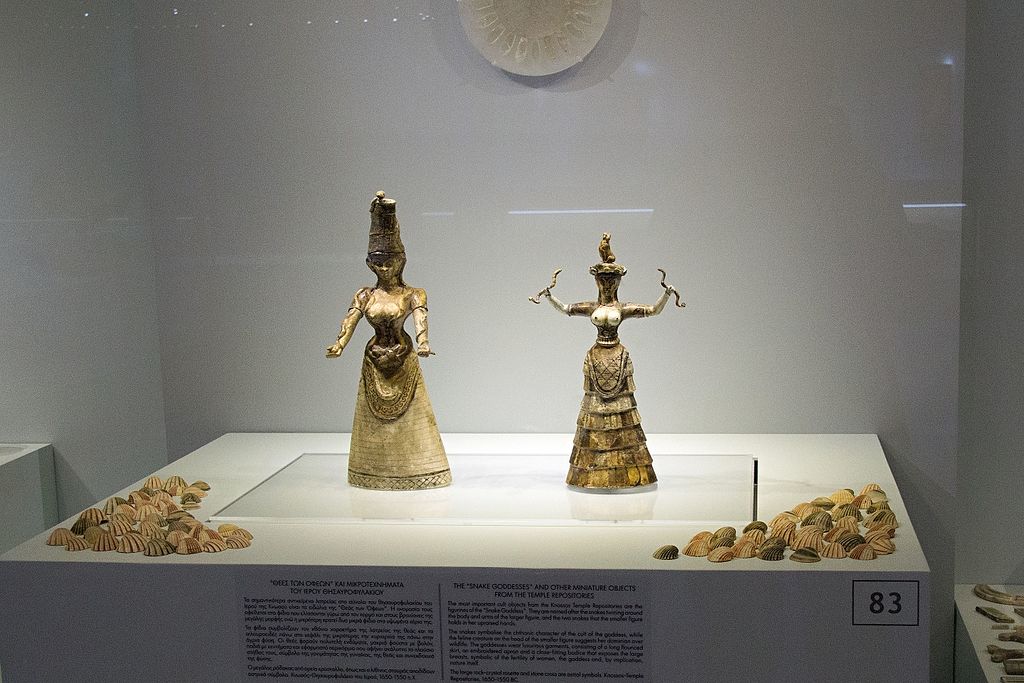
Though we’ve largely moved beyond viewing animals as direct bearers of divine knowledge, the association between snakes and wisdom persists in our modern cultural landscape. The World Health Organization’s emblem features the Asclepian staff with its entwined serpent, continuing the ancient Greek connection between snakes and medical wisdom. In psychological terms, Carl Jung identified the serpent as an archetypal symbol within the collective unconscious, representing transformation and the integration of opposing aspects of personality. Modern ecological understanding grants snakes new wisdom associations as indicators of environmental health and key components of balanced ecosystems. Even popular culture preserves these associations, from the wise serpent Kaa in Kipling’s “Jungle Book” to the sorting of students into the house of Slytherin in the Harry Potter series, where the serpent represents cunning and ambition. These persistent associations demonstrate how deeply the connection between snakes and wisdom is embedded in human consciousness.
Synthesizing Ancient Wisdom: What Serpent Symbolism Teaches Us
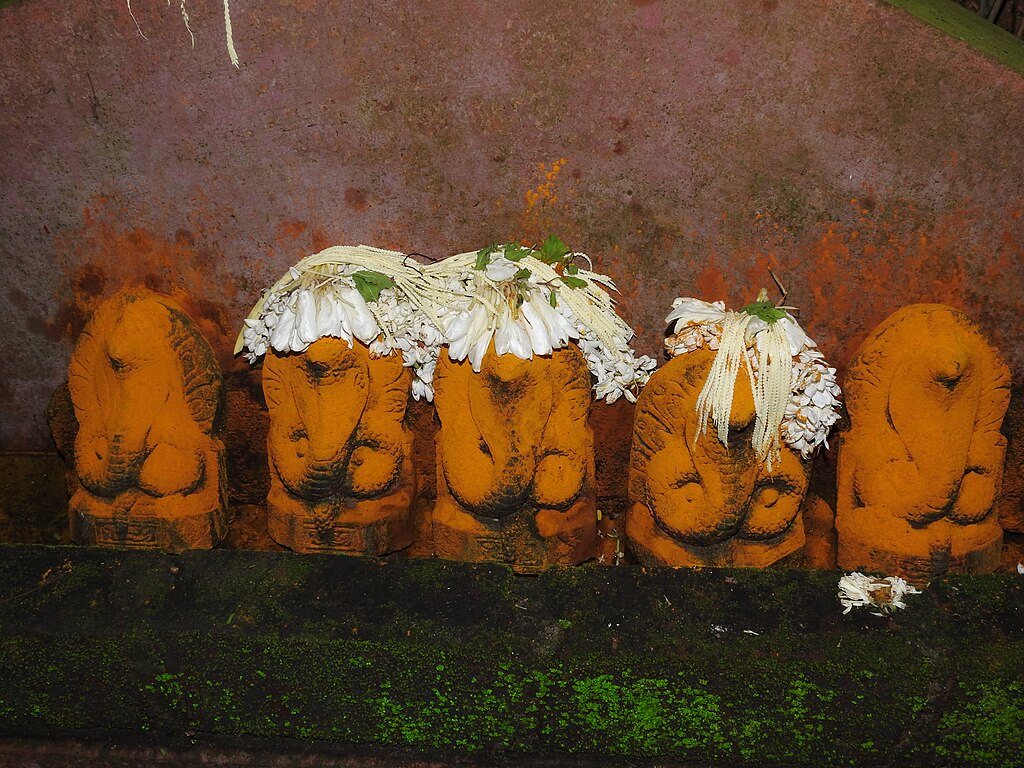
The remarkable consistency with which diverse cultures associated snakes with wisdom reveals something fundamental about both serpents and the nature of wisdom itself. Across civilizations, wisdom was understood not simply as accumulated knowledge but as transformative understanding that changes the knower. The snake, with its dramatic transformations, specialized perceptions, and paradoxical nature, provided the perfect natural symbol for this profound concept. These serpentine associations remind us that true wisdom requires integration of opposites – earth and sky, material and spiritual, life and death. From the ancient world to the present day, the snake continues to represent wisdom that is simultaneously dangerous and healing, ancient and constantly renewing. By understanding why our ancestors saw wisdom in the serpent, we gain insight not just into their symbolic thinking, but into the enduring nature of wisdom itself.
As we’ve explored throughout this journey across continents and millennia, the association between snakes and wisdom represents one of humanity’s most persistent and profound symbolic connections. From the kundalini serpent rising through the chakras to the ouroboros consuming its tail, from the protective uraeus of Egypt to the feathered serpent of Mesoamerica, these reptiles have consistently represented knowledge that transforms both individuals and civilizations. The biological realities of snakes – their shedding, their precise movements, their ability to navigate multiple environments – provided our ancestors with perfect natural metaphors for the elusive concept of wisdom. This cross-cultural symbolic consensus suggests not merely coincidence but a deep resonance between serpentine qualities and our fundamental understanding of what wisdom entails. In the sinuous movements of the snake, humanity found a living embodiment of wisdom’s path – rarely straight, always adaptive, and ultimately transformative.





